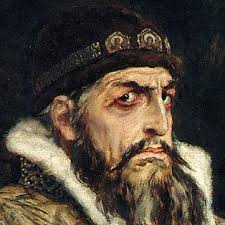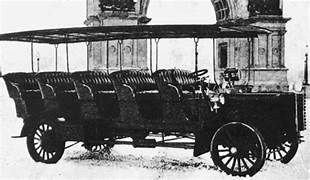As ideas go, it seemed like a pretty good one. And it was thought up by Blaise Pascal, noted French inventor, mathematician, physicist, philosopher, author and all around heavy thinker. He shopped the idea around to various French nobles who jumped on the band wagon, so to speak. He even went right up to King Louis XIV who gave him a royal monopoly. Those who tried to compete could lose their horses, their carriages and possibly even their heads. The guillotine was a popular diversion at the time.
The Carosses à Cinq Sous, or Five-Penny Coaches, debuted on March 18, 1662 — the world’s first bus service. With a fleet of seven horse-drawn carriages running along three separate routes, each carrying up to eight passengers, it proved a popular but fleeting phenomenon. It carried only nobles; peasants were pedestrians, relegated to being run down Sadly, the novelty quickly wore off, the nobles not being known for their attention span. Ennui set in. By 1675, the carriages no longer cruised the rues. They were gone, not to reappear until the 19th century when every London, Boston, and New York had them.
C’est la vie.
Don’t Sit Next to Him on the Bus
Ivan IV Vasileyevich, known to his friends as Ivan the Terrible, died in 1584 while engaged in a particularly wicked game of chess. He rose to  prominence, and some might say infamy, as the Grand Prince of Moscow, a position he held from 1533 to 1547, when he declared himself the first ever Tsar of All the Russias, a title he held until his death. He was succeeded by his son, Feodor the Not So Terrible.
prominence, and some might say infamy, as the Grand Prince of Moscow, a position he held from 1533 to 1547, when he declared himself the first ever Tsar of All the Russias, a title he held until his death. He was succeeded by his son, Feodor the Not So Terrible.
Historians disagree on the exact nature of Ivan’s enigmatic personality. He was described as intelligent and devout, yet paranoid and given to rages, episodic outbreaks of mental instability, and late-night Truth Social rants.

